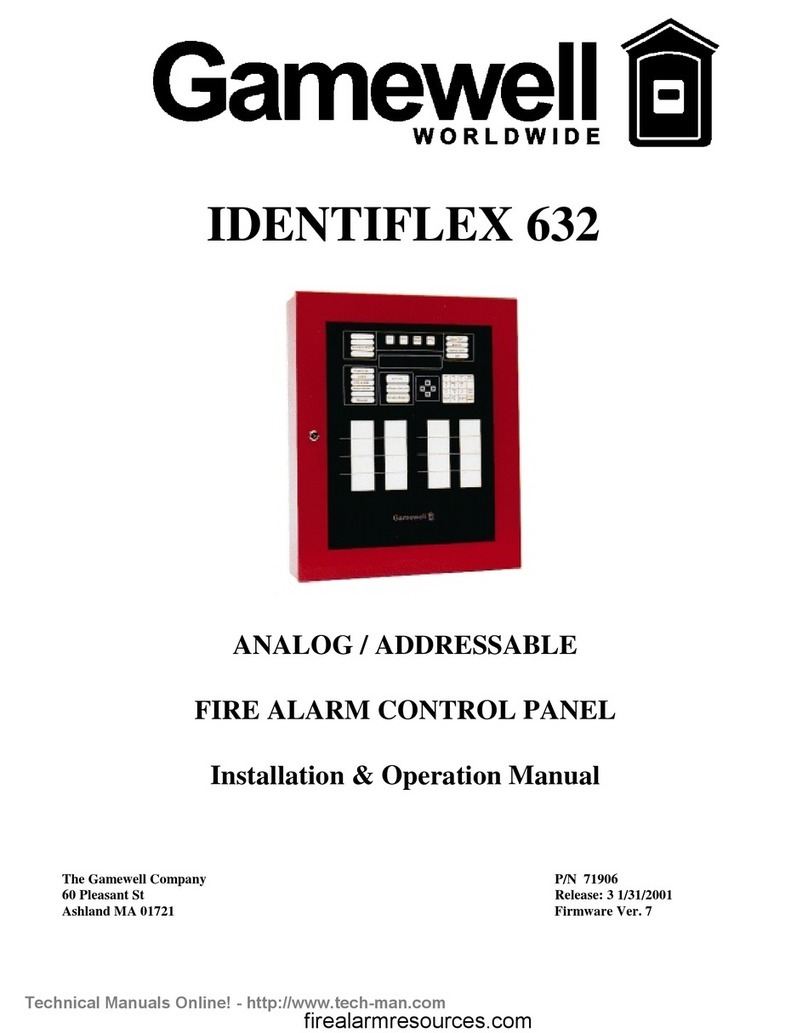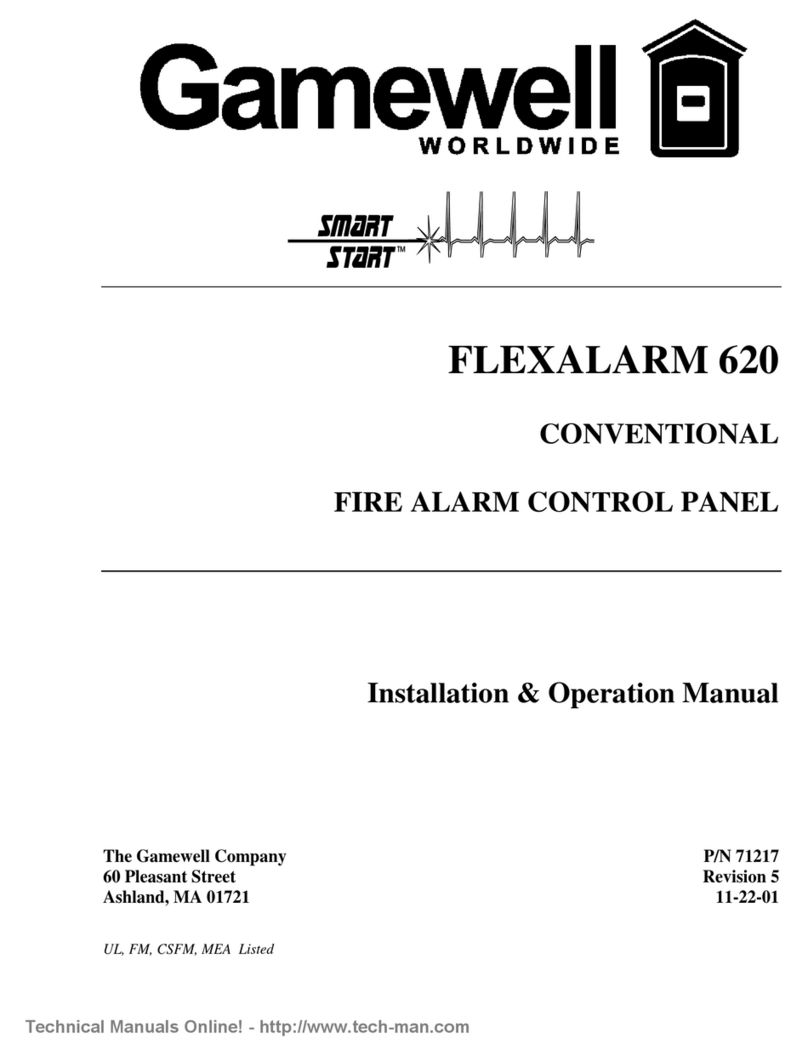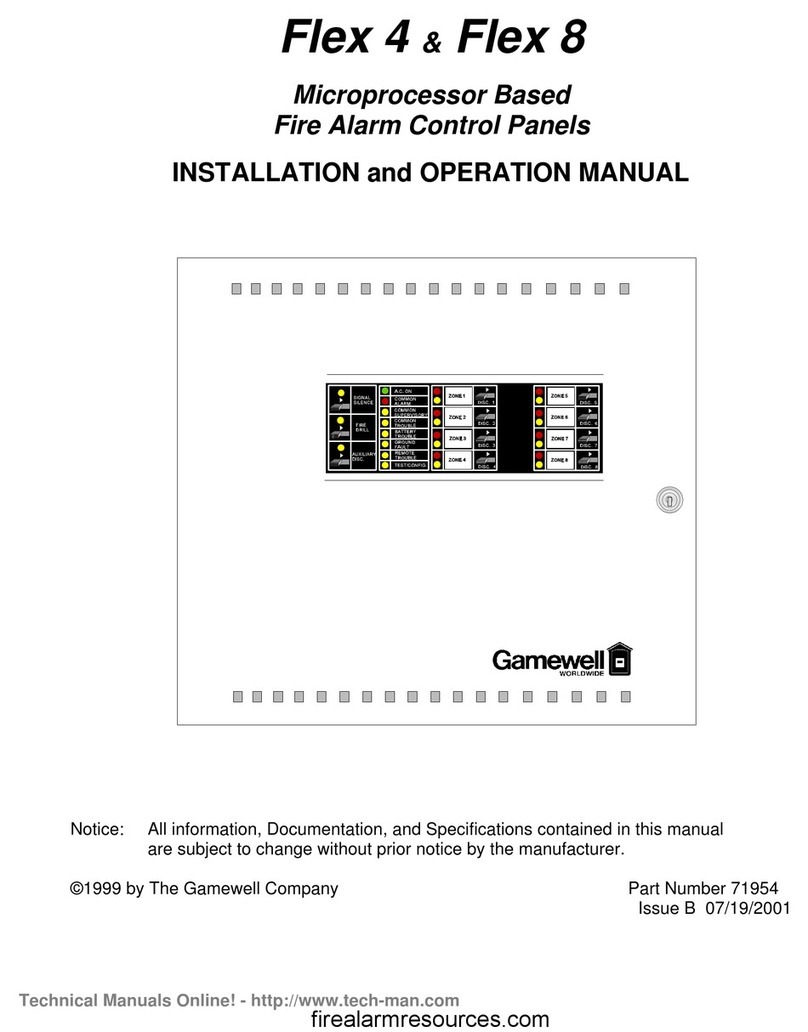
Display Ver...............................................................................................................................................................74
Display RAM............................................................................................................................................................74
Change Menu............................................................................................................................................................75
Change Config ..........................................................................................................................................................75
Change Dictionary ....................................................................................................................................................75
Change Dict.Words...................................................................................................................................................75
Upload Dictionary.....................................................................................................................................................77
Dictionary File..........................................................................................................................................................77
Change Card..............................................................................................................................................................79
Change Misc .............................................................................................................................................................79
ChangeMenu 1..........................................................................................................................................................80
Change Pass..............................................................................................................................................................80
Change Code.............................................................................................................................................................81
Change Date..............................................................................................................................................................82
Change Seq ...............................................................................................................................................................82
Change Baud.............................................................................................................................................................83
Baud Rate Switch Settings........................................................................................................................................83
ChangeMenu 2..........................................................................................................................................................84
Change City...............................................................................................................................................................84
Change Sig Sil...........................................................................................................................................................84
Change Ann...............................................................................................................................................................84
Change Trbl ..............................................................................................................................................................85
Change Dialer ...........................................................................................................................................................85
Change Prefix............................................................................................................................................................85
Test Menu.................................................................................................................................................................86
Test Input..................................................................................................................................................................86
Test Output ...............................................................................................................................................................86
Test ID......................................................................................................................................................................86
Test Gnd....................................................................................................................................................................87
Test Lamps................................................................................................................................................................87
Test Analog...............................................................................................................................................................88
COMPUTER/LAPTOP PROGRAMMING OVERWIEW............................................................................................................90
Overview of Computer Programming......................................................................................................................90
Interconnect ..............................................................................................................................................................90
Communication Protocol ..........................................................................................................................................90
PROCOMM SOFTWARE....................................................................................................................................................90
Configuration............................................................................................................................................................90
Line Settings ............................................................................................................................................................90
Setup Menu...............................................................................................................................................................90
Terminal Setup.........................................................................................................................................................91
General Setup...........................................................................................................................................................91
ASCII Transfer.........................................................................................................................................................92
SYSTEM MONITORING & CONTROL................................................................................................................................92
Status Monitoring......................................................................................................................................................92
Access Levels............................................................................................................................................................92
Control Strings..........................................................................................................................................................92
APPENDIX....................................................................................................................................................................... 93
SYSTEM EVENT MESSAGES - Table O-1 ...........................................................................................................94































